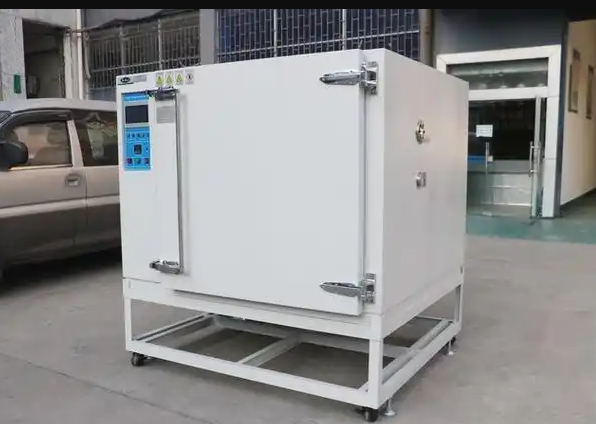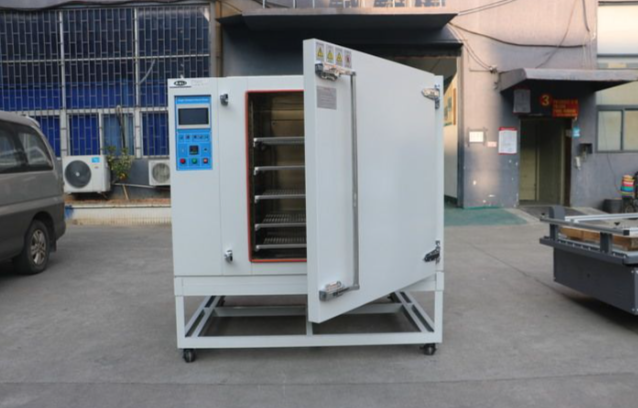High-temperature ovens are often the unsung heroes of durability testing labs. When products—plastics, composites, coatings—are pushed to extremes beyond normal use, an oven steps in to accelerate aging, force chemical reactions, and reveal long-term failures in weeks rather than years.
Consider a coating designed for outdoor use. You might put it in a 150 °C oven for hundreds of hours, then cycle it through humidity or mechanical stress. That thermal stress speeds up oxidation, crazing, delamination, or binder breakdown. But ovens are not all equal: to do this correctly you need temperature uniformity, tight control, insulation, and safety features.

Uniformity matters: a ±5 °C swing across the chamber can mask real differences between materials. Advanced ovens use multiple heating zones or airflow designs to flatten that gradient. Control systems with good PID loops and high-resolution sensors ensure the actual versus target temperature stays within tight bounds.
Don’t ignore insulation. High temperatures leak heat—good insulation minimizes power draw and reduces external surface hazard. Also, safety is non-negotiable. Over-temperature cutoffs, redundant thermocouples, door interlocks—these are must-haves, not optional extras.
For users designing test protocols: design your ramp rates carefully (how fast you heat or cool), dwell times, and any soak cycles. Pair the oven test with functional or mechanical stress after each cycle—don’t treat it as a standalone.
If you compare ovens, don’t chase “maximum temperature” blindly. Compare usable temperature range, size of working volume, uniformity spec, control resolution, and safety/performance tradeoffs. The right tool makes accelerated aging meaningful.


